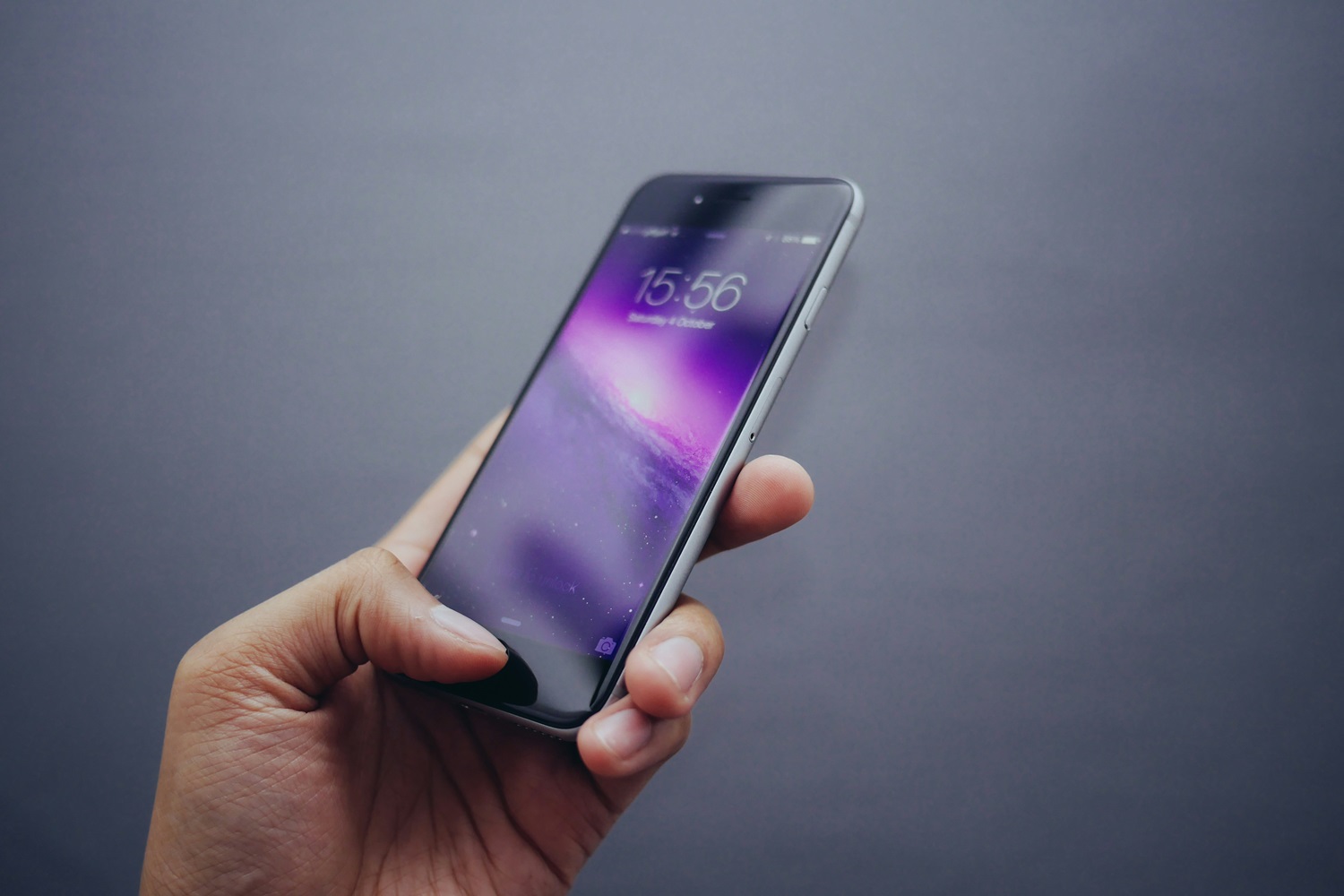Among the most profitable in the IT industry is the Premium Smartphone market as manufacturers vie for a share of a client base that seems to be growing every year. High-end Apple, Samsung, Google, and others smartphones have hefty price tags—usually more than $1,000.
One could easily argue that these gadgets are laden with features that make them vital given all the buzz about the newest innovations—5G capabilities, advanced camera technology, OLED screens, and ultra-fast processors. Many of these features, meanwhile, go essentially unused for the average user, which raises questions about whether we are paying more for premium smartphones than we truly need.
The Price Tag: A Distorted Perception of Necessity
Buying a Premium Smartphone transcends just paying for a phone. You are investing in an environment of expensive amenities not needed for most consumers. Among the incredible range of technological advancements incorporated in the newest models are foldable screens, 120Hz refresh rates, AI-enhanced cameras, even built-in digital assistants that promise to change our connection with our devices. The paradox is that many of these “cutting-edge” technologies go either underutilized or unneeded.
See the camera as a simple model. Thanks in major part to smartphone manufacturers, camera technology has evolved substantially recently. Modern premium devices sometimes feature multi-lens combinations, picture stabilization, night mode, 8K video recording. Although these features sound revolutionary, how often anyone actually use them? How many people are running night mode or capturing 8K movies for every low-light picture?
Few, most likely talented photographers or passionate content providers are involved here. For a normal customer, a working 12MP camera with basic features is enough. Still, we continue to see more contemporary and expensive models with even more advanced camera systems—which for many are just overkill.
Then there is the tempo. Although marketing for luxury smartphones usually emphasizes their lightning-fast CPUs, how much faster are these handsets than their mid-range equivalents in regular use? Unless you are gaming professionally or using your phone for resource-intensive tasks like video editing, the processing capability difference between a $1,500 flagship device and a $600 one is negligible. Most users will not detect a notable performance change for daily tasks including surfing, social media checking, or movie streaming. While most consumers find the utility of that speed less important, luxury phones are growing faster.
A “Smartphone Overload”
The great amount of features crammed in these handsets adds still another level of complexity to the premium smartphone conundrum. Sometimes manufacturers load their pricey smartphones with more functions than are required or liked. For instance, how many users actually need the ability to unlock their phone with facial recognition when a basic fingerprint sensor or PIN code is sufficient? Alternatively, given the advanced 5G capabilities currently standard on some luxury vehicles, how many will truly benefit?
Unquestionably fast, 5G is still in early stages of rollout and not entirely accessible in many places. Luxury phones are already stressing 5G as one of their special features, with little more than a “future-proofing” reason to back the price.
Most consumers also do not need the very extended battery life that luxury smartphones promise. Sometimes manufacturers advertise their devices as able to run on one charge for two days. But how often would one need this degree of battery life? Usually, daily users charge their phones overnight and are infrequently left in a situation where they require extra daily battery life. While luxury phones have also included wireless charging and even reverse wireless charging, the average user who still plugs in their phone most nights barely makes use of these features.
Many consumers also pay for advanced biometric security systems they might not even use. For example, facial recognition and in-display fingerprint scanning beg certain doubts even if they are sometimes hailed as industry-leading technologies in high-end devices. Privacy and security issues with these technologies remain a concern even if most users still seek the dependability of traditional password or PIN protection. This makes many of the high-tech security features ineffective for most consumers; but, for others they are still main selling points in pricey smartphones.
Creating Demand for Features Not Required: The Marketing Machine
Why then do consumers still buy these high-end smartphones with features they never use? The answer is primarily associated with marketing. Manufacturers persuade us—even if we do not—that we need the newest and best by means of their brilliant advertising campaigns, hence inspiring FOMO (fear of missing out). The idea of owning the “best” and most contemporary smartphone becomes a status symbol, and users are sometimes encouraged to feel that upgrading to a premium model will somehow improve their lives or increase their productivity.
These technologies emotionally appeal pretty profoundly. Companies know how to take use of our want for distinctiveness and reputation. These components appeal to our sense of belonging to a given lifestyle: the sleek design, the beauty of the Apple symbol or Samsung’s “next-gen” features. Basically, though, the marketing strategy depends on the concept that, for most, a quality smartphone is more of a luxury than a need. We are advised to feel that investing more on a device means we are obtaining more even if in reality we often get a lot of capabilities we would never utilize.
The Middle Range Device Argument
If the typical user isn’t fully using the advanced capabilities in premium smartphones, then the question becomes: why not choose a mid-range or budget device instead? Thanks to rather strong gadgets in recent years, the mid-range phone market has exploded. Companies like Google, Xiaomi, and OnePlus are building phones with great performance, excellent cameras, and long battery life without the exorbitant price tag of premium models.
Many mid-range phones have incorporated luxury design elements and top-notch features including fast-charging systems and high-refresh-rate screens. For those who do not demand the absolute finest, these devices are more than enough and usually provide greater value for money.
Moreover, mid-range phones let users spend in other technologies or services that might be more worth than a premium phone. Perhaps a better tablet, a higher-end laptop, or additional accessories like wireless earbuds or a smartwatch would better suit one’s digital environment than shelling out more than $1,000 on a smartphone that will never be totally used.
Conclusion: Premium Smartphones Basically Have Hidden Expenses
Real and pervasive, the premium smartphone conundrum is people paying extra for items they will hardly ever use. Although most consumers neither need nor use many of these features, even if these devices are definitely powerful and furnished with advanced technologies. From biometric security to camera technology to battery life, the gap between what is sold and what is actually needed is ever more evident.
Perhaps the shift in our perspective of value signifies the upcoming stage of smartphone development. It could be time to consider what really counts in a smartphone rather than chasing the most recent flagship models. Maybe, just maybe, the true value of a device is not in its price tag or range of features but rather in how well it satisfies our daily needs. After all, not everyone will find the most expensive phone to be the best one.
Also read:
Musk’s X Faces Global Backlash: Why Elon Musk’s Platform is Grappling with Court Orders Worldwide



